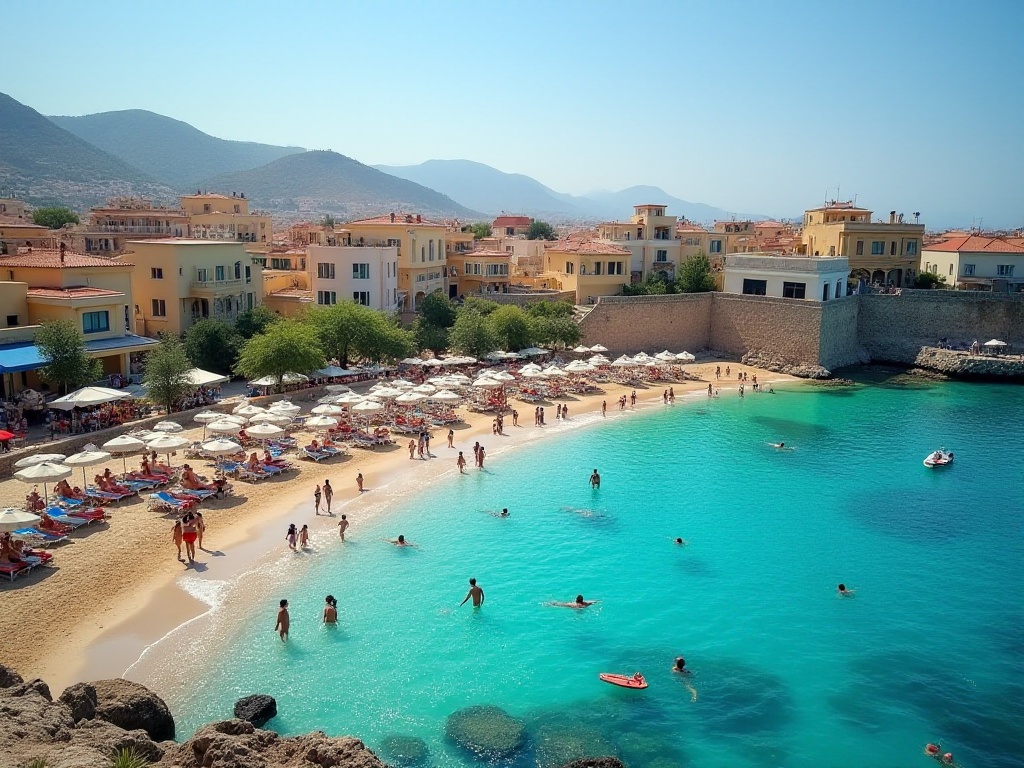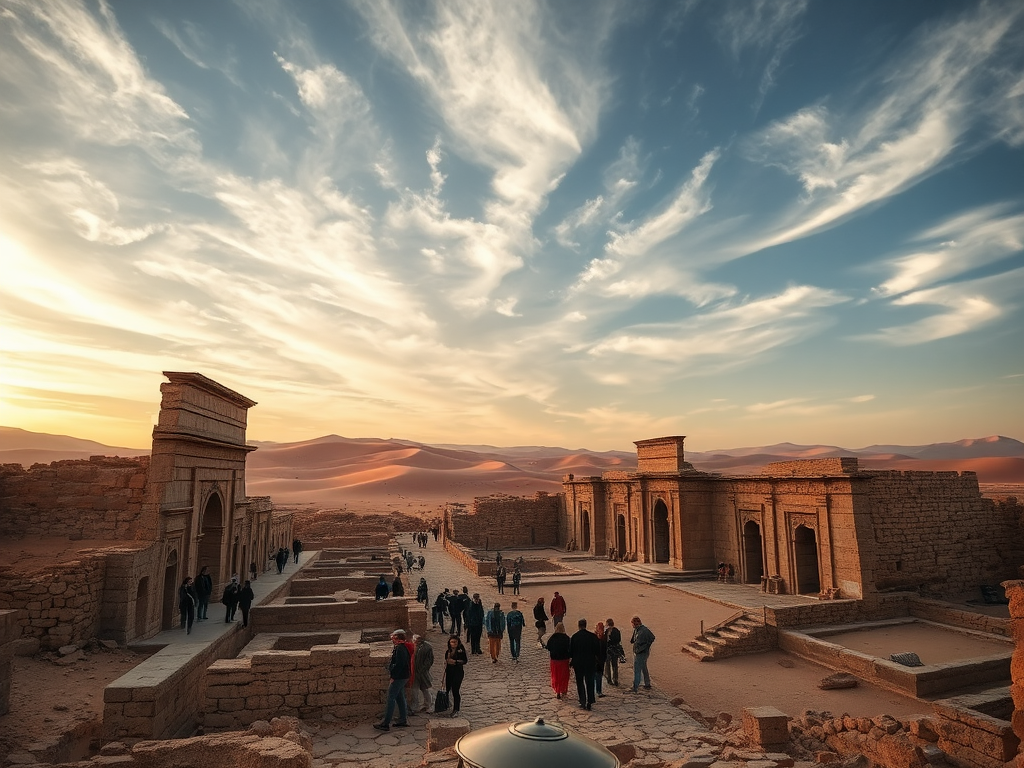Introduction
Have you ever faced this dilemma: wanting to travel to Europe, only to find airfares frighteningly expensive; or finally booking a cheap ticket, only to arrive at destinations packed with tourists? As a traveler who has visited over 30 countries, I deeply understand the importance of choosing the right time to travel. Today, let's discuss how to use seasonal differences to plan a trip that's both cost-effective and comfortable.
The Truth
Many people might not know that there's an interesting phenomenon in the global tourism market: the same destination can offer completely different experiences at different times. According to UNWTO data, during global peak seasons, tourist volumes at popular attractions increase by an average of 280% compared to off-peak seasons, while accommodation prices can surge up to 200%. These numbers reflect the profound impact that tourism seasonality has on travel experiences.
Let me give an example: In August 2023, what I saw at Venice's St. Mark's Square was shocking. According to local tourism bureau statistics, daily visitor numbers exceeded 100,000, almost double the local population. When I visited again in November of the same year, tourists in the square were only a quarter of the summer numbers, allowing me to enjoy lower prices and truly experience the charm of this water city.
Patterns
Through years of travel experience, I've observed that the global tourism market forms three main seasons: peak season, off-season, and shoulder season. This division isn't arbitrary but results from multiple factors working together.
Peak season typically coincides with school holidays and festivals. In Europe, for example, July-August is the most typical peak season, accounting for 40% of annual visitors. But the problems are obvious: waiting times at the Eiffel Tower can reach 4 hours, Venice hotel prices can be 150% higher than off-season, and many famous restaurants require bookings weeks in advance.
The off-season is just the opposite. In the Mediterranean region, for example, tourist numbers from November to March are only 30% of peak season. While some attractions may have shortened hours, accommodation prices generally drop by 40-60%, and airfares are more affordable. Plus, it's easier to experience authentic local life during this time.
Most noteworthy is the shoulder season, which I personally consider the best time to travel. Taking Italy as an example, during the April-May and September-October shoulder seasons, the weather is pleasant, tourist numbers are 50% lower than peak season, and prices are about 30% lower. More importantly, local cultural activities and festivals are particularly abundant during these times.
Insights
Based on in-depth research of global tourism seasonal patterns, I've summarized several very practical suggestions:
First, take full advantage of regional differences. For instance, when Europe is in peak season, the Middle East is in off-season. In July 2023, five-star hotel prices in Dubai were only half of winter rates, and with numerous indoor attractions, high temperatures weren't a concern.
Second, arrange itineraries wisely. If your trip includes multiple destinations, visit peak-season locations during shoulder season. Last year, I planned exactly this way: visiting Italy in September (avoiding peak summer season), Greece in October (enjoying warm autumn sunshine), and Turkey in November (during the optimal sightseeing season).
Third, pay attention to special periods. Each destination has unique peak value periods. For example, New England's fall foliage season (late September to mid-October), or Japan's cherry blossom season (late March to early April). While these times are crowded, the unique experiences are worth special planning.
Recommendations
I have different advice for different types of travelers:
For budget-conscious travelers, consider the off-season. Data shows that traveling in the off-season can save 40-50% in overall costs. Just be sure to check attraction opening hours, as some seasonal activities may be closed.
For those seeking in-depth experiences, shoulder season is the best choice. You can avoid the biggest crowds while participating in many local festivals. Statistics show that cultural experience satisfaction is 35% higher during shoulder season than peak season.
For travelers with limited flexibility (such as students who can only travel during summer break), I recommend choosing counter-seasonal destinations. For example, visiting Australia in the Southern Hemisphere in August allows you to enjoy unique winter activities while avoiding Northern Hemisphere crowds.
Conclusion
Choosing the right travel season affects not only your budget but also the overall quality of experience. As a seasoned travel writer once said: "Travel isn't just about seeing the sights, it's about experiencing a place's rhythm of life and cultural pulse."
Do you have any unique insights and experiences about global tourism seasonality? Please share your stories in the comments. If this article has helped you, please share it with friends who also love to travel. Let's explore this wonderful world together, in smarter ways.








